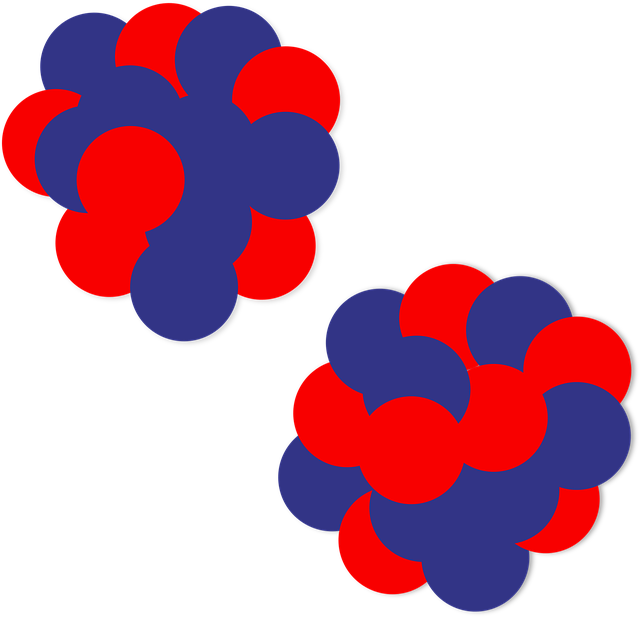Using `Enum.reduce/3` to improve Nucleotide Count performance.

I was playing with Exercism, an awesome platform to practice and learn to code with exercises. While I was practicing, I found an interesting exercise called Nucleotide Count. First, I tried an obvious answer, but It leads me to a suboptimal solution in terms of speed. Let’s see the error that I did and how we can improve the performance by using Enum.reduce/3.
The Nucleotide Count ask you to count the occurrences of some characters in a list characters. Theese characters are called nucleotides. For example:
NucleotideCount.count('GTACG', ?T) == 1
# => 5
We count one occurrence of nucleotide T in the character list 'GTACG'. We use the ? before of a letter to represent a character in Elixir. We can implement NucleotideCount.count/2 function using Elixir’s Enum.count/2. See:
def count(strand, nucleotide) do
Enum.count(strand, &(&1 == nucleotide))
end
I used an anonymous function to check if the current item of the iteration is equal to the given character. Enum.count/2 will increment one on the counter when that anonymous function returns a truthy value.
The next step of the exercise is build a histogram of a given sequence of characters. For example:
NucleotideCount.histogram('AGAGA')
# => %{?A => 3, ?T => 0, ?C => 0, ?G => 2}
This time, the function builds a map with 3 occurrences of the nucleotide A, 2 occurrences of G, and 0 for the remaining nucleotides. The obvious solution for me was to build a map using the NucleotideCount.count/2 function. Something like:
def histogram(strand) do
%{
?A => count(strand, ?A),
?T => count(strand, ?T),
?C => count(strand, ?C),
?G => count(strand, ?G)
}
end
The function builds a map counting each expected character. It works as expected and fulfills the specs. However, thinking a little bit about the performance, it is a suboptimal solution. Every time we use NucleotideCount.count/2, it iterates over the entire given list. It means the function will transverse the strand list 4 times. Not cool. Shame on me. How can we avoid that? Let’s build a solution that will read the list once.
The first thing we need is an initial histogram. See below:
defp initial_histogram() do
%{?A => 0, ?T => 0, ?C => 0, ?G => 0}
end
The second step is to iterate over the strand by updating the initial histogram with occurrences of nucleotides. Every time you need to iterate over an enumerable and manage a state, the Enum.reduce/3 is a good candidate for the job. Let me show you how we can use it:
def histogram(strand) do
histogram = initial_histogram()
Enum.reduce(strand, histogram, &update_histogram/2)
end
The Enum.reduce/3 will iterate over all characters in strand by using histogram as the initial value and executing the NucleotideCount.update_histogram/2. The result of that function will be the new histogram that will be used as an argument for the next iterations. The last iteration will return the final histogram that also will be returned by the Enum.reduce/3.
The last piece of the puzzle is the NucleotideCount.update_histogram/2, let’s see how we can implement that:
def update_histogram(nucleotide, histogram) do
Map.update!(histogram, nucleotide, &(&1 + 1))
end
The function receives a nucleotide from the strand list and the histogram. We use Map.update!/3 to increment the counter for that nucleotide occurrence by 1 with the anonymous function &(&1 + 1). Doing this way, we iterate over the entire strand list once. We’re not adding any burden to our algorithm because the new operation Map.update!/3 has a constant time.
Sometimes the obvious solution is not the best, it always good to check the algorithm complexity before move forward. I hope you liked my implementation of the Nucleotide Count exercise. If you like this exercise and want to try more, please visit the Exercism. If you are an expert programmer and want to help others to improve their self, you can participate in Exercism as a mentor. If you have any question or other solution suggestion for exercise, let me know in the comments below.